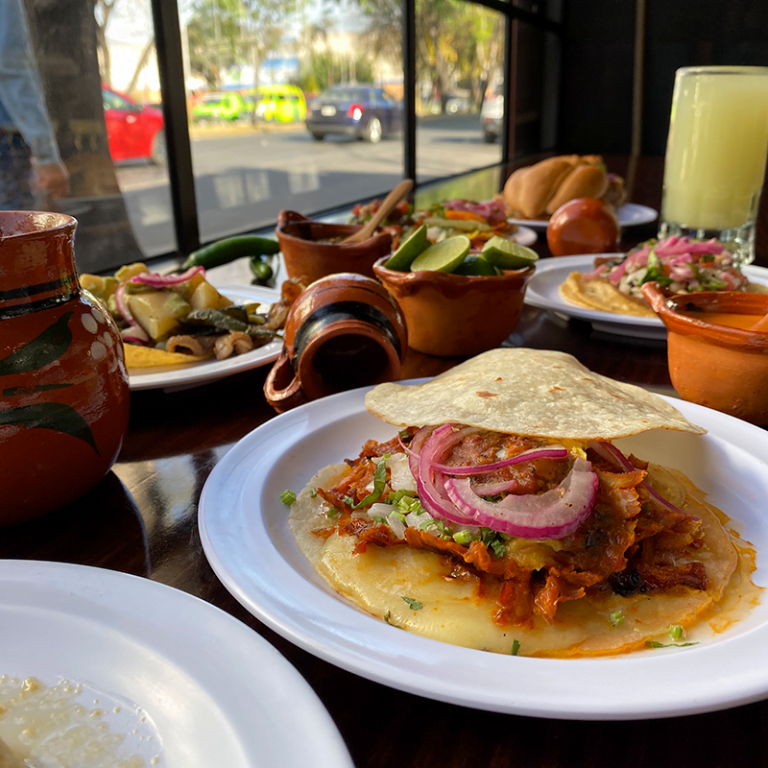
How can I see Lucha Libre in Mexico City?
Lucha Libre, or professional wrestling, is a beloved pastime in Mexico City and a must-see for any visitor. Here are a few tips for how to catch a Lucha Libre match during your stay in the city: Find a venue: Lucha libre matches are held at various venues throughout Mexico City, including arenas such as Arena México and Arena Coliseo. You can check the schedules for these and other venues to find a match that fits your itinerary. Arena Mexico host events every Tuesday, Friday and Sunday. Arena Coliseo every Saturday. Buy tickets: Once you’ve found a match you’d like






